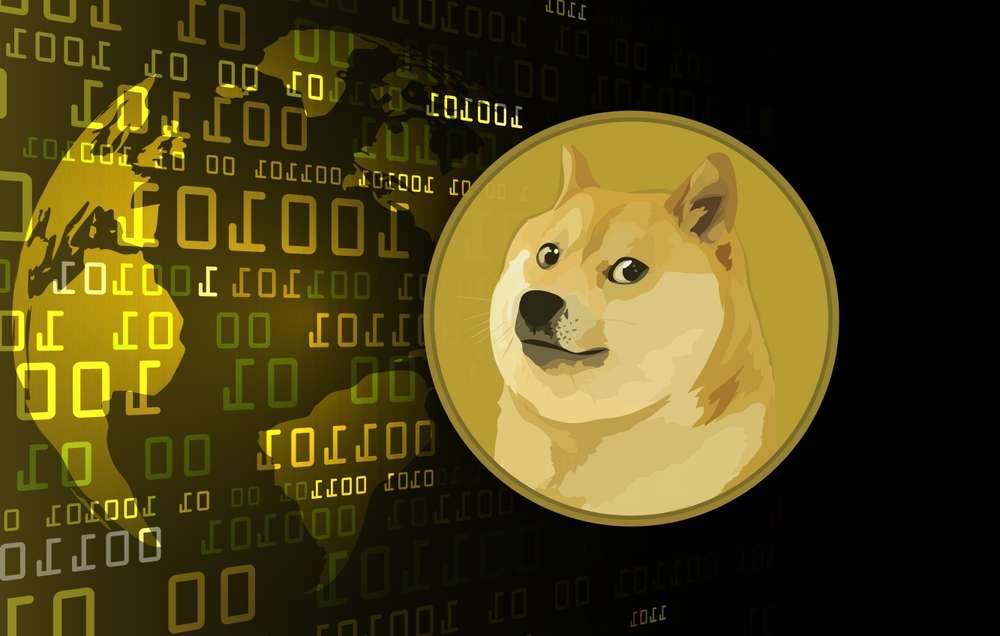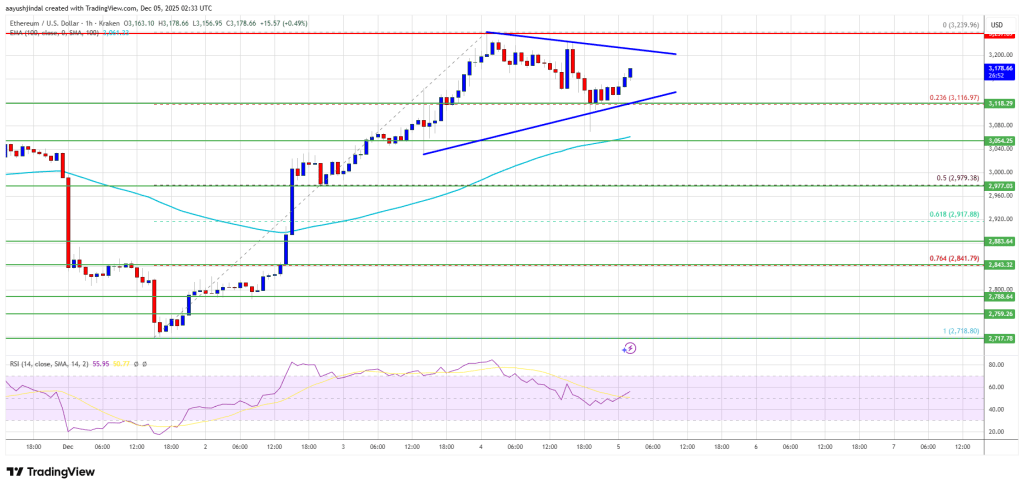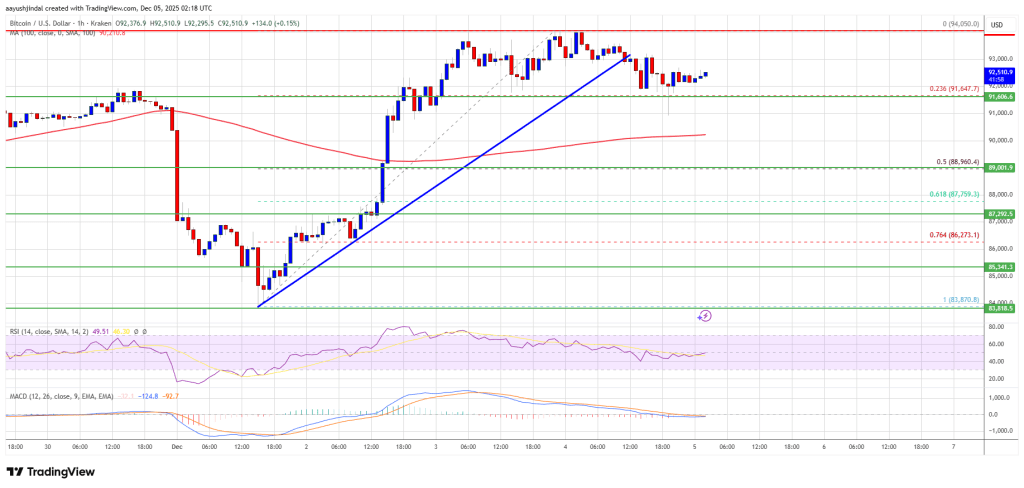
Exploring the Rise of Meme Coins: What You Need to Know
In recent years, the cryptocurrency market has seen a dramatic rise in the popularity of meme coins—digital currencies inspired by internet memes and pop culture references. What started as a playful joke in the crypto world has evolved into a significant trend, capturing the attention of investors and traders alike.
But what exactly are meme coins, how do they differ from traditional cryptocurrencies, and what should potential investors consider before jumping into this volatile market? Let’s dive into the world of memecoins to explore their unique characteristics, risks, and opportunities.
Understanding Memecoins: A New Breed of Cryptocurrency
Memecoins are a category of digital assets that derive their value largely from social media hype and community engagement rather than tangible technological advancements or real-world applications. These coins are often created as a humorous take on the world of cryptocurrency but have gained serious traction over time.
The memecoin trend began in 2013 with the creation of Dogecoin (DOGE), a cryptocurrency initially conceived as a parody of Bitcoin. Featuring the iconic Shiba Inu dog meme, Dogecoin gained a cult following and became a symbol of internet culture within the crypto community.
What Sets Meme Coins Apart?
The primary factors that differentiate memecoins from traditional cryptocurrencies like Bitcoin (BTC) and Ethereum (ETH) are their volatility, token supply, and community-driven nature.
- Volatility: Memecoins are notorious for their price fluctuations. A single tweet from an influential figure or a viral post can trigger rapid price surges or dramatic crashes.
- Token Supply: Unlike Bitcoin, which has a capped supply of 21 million coins, meme coins often have vast or unlimited token supplies. For instance, Dogecoin has no maximum supply, while Shiba Inu (SHIB) initially had a staggering total supply of 1 quadrillion tokens.
- Community and Social Media Influence: The value of meme coins is heavily influenced by social media engagement and community sentiment. They thrive on hype, endorsements, and the Fear of Missing Out (FOMO) mentality.
Meme Coins vs. Traditional Cryptocurrencies: A Comparative Analysis
Traditional cryptocurrencies like Bitcoin and Ethereum are built on robust technological frameworks, with clear use cases and well-defined ecosystems. Bitcoin, for example, is deflationary in nature and has gained institutional adoption as a store of value.
In contrast, memecoins often lack such fundamental attributes. Their value is primarily driven by social media buzz rather than technological innovation. While some meme coins, such as Dogecoin and Shiba Inu, are built on established blockchain technology, their tokenomics and inflationary supply structures can be cause for concern.
How Memecoins Gain Value: The Power of Community and Branding
The rise of memecoins is largely fueled by community engagement, branding, and social media influence. These factors play a crucial role in driving demand and boosting the value of memecoins.
- Community Engagement: The strength of a memecoin often lies in its community. Active and passionate communities can create a viral effect, attracting new investors and driving demand.
- Branding: Memecoins leverage the shareable and engaging nature of memes to create strong brand identities. This connection with internet culture helps them gain popularity and maintain relevance.
- Social Media Influence: Social media platforms act as amplifiers for memecoins. A single mention or endorsement from a celebrity, such as Elon Musk’s tweets about Dogecoin, can significantly impact prices.
Risks and Opportunities of Investing in Meme Coins
Investing in meme coins presents a double-edged sword. On one hand, their community-driven nature and viral potential can yield high returns. The meteoric rise of Dogecoin and Shiba Inu in 2021 turned some early adopters into millionaires.
On the other hand, the same factors that drive their success also make them highly volatile and unpredictable. The reliance on social media sentiment introduces significant risk, as attention can quickly shift to the next trending coin.
Investors should also be cautious of scams and fraudulent projects. Some memecoins are created solely to take advantage of the hype, leading to “rug pulls,” where developers abandon the project after a dramatic price surge.
Key Factors to Consider Before Investing
If you’re considering investing in meme coins, keep the following factors in mind:
- Community Strength: Look for vibrant and active communities that show genuine interest in the project’s development beyond just price speculation.
- Token Supply: Understand the tokenomics of the memecoin. Large or unlimited supplies can impact price dynamics and potential returns.
- Branding and Social Media Presence: Evaluate the memecoin’s branding and social media influence. Viral potential can drive demand but also increase volatility.
- Project Legitimacy: Conduct thorough research to verify the legitimacy of the project. Be wary of projects with unclear objectives or anonymous developers.
The Legal and Regulatory Landscape of Memecoins
The regulatory landscape for memecoins remains uncertain. In some jurisdictions, memecoins may be classified as securities, subjecting them to specific laws and regulations. However, their unique characteristics often make them challenging to categorize under traditional regulatory frameworks.
Investors should stay informed about regulatory updates and understand the legal implications of investing in meme coins. Being vigilant about potential scams and fraudulent schemes is also essential.
Conclusion: Navigating the World of Memecoins
Memecoins represent a fascinating and unpredictable segment of the cryptocurrency market. Their community-driven nature, branding potential, and social media influence have propelled them to the forefront of crypto discussions.
However, their inherent volatility and risks require a cautious and well-informed approach. By understanding the unique dynamics of memecoins and conducting thorough research, investors can better navigate this exciting yet unpredictable space.
Disclaimer: This article is for informational purposes only and should not be considered financial, legal, or investment advice.





